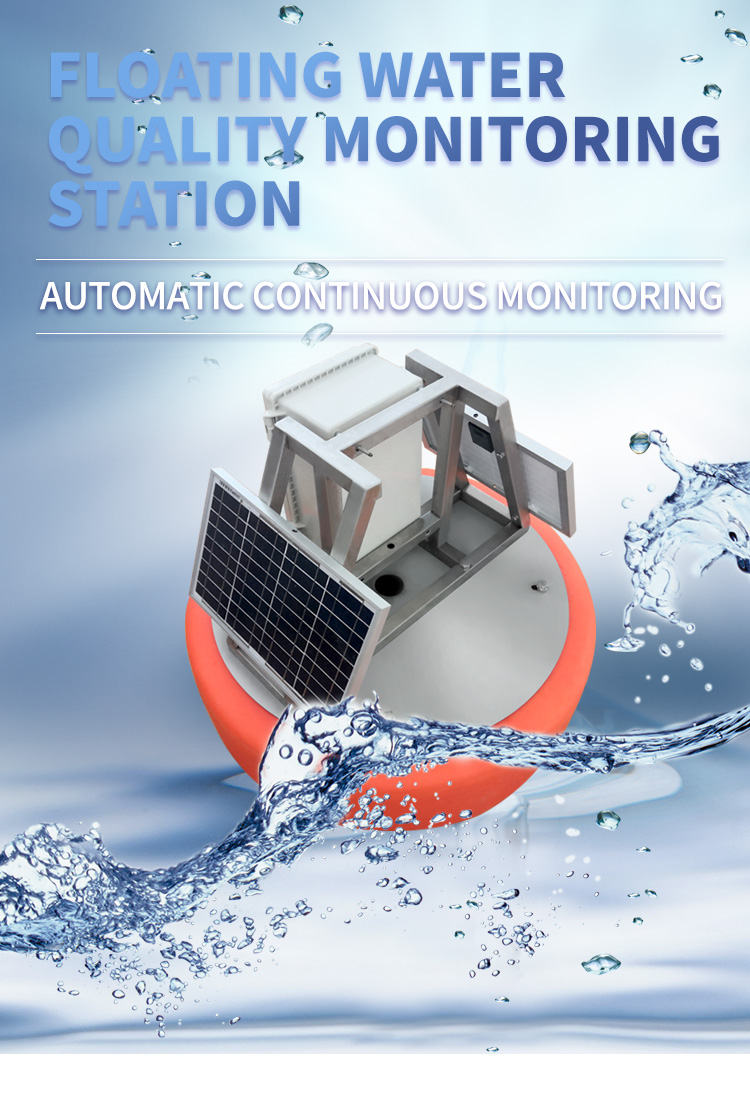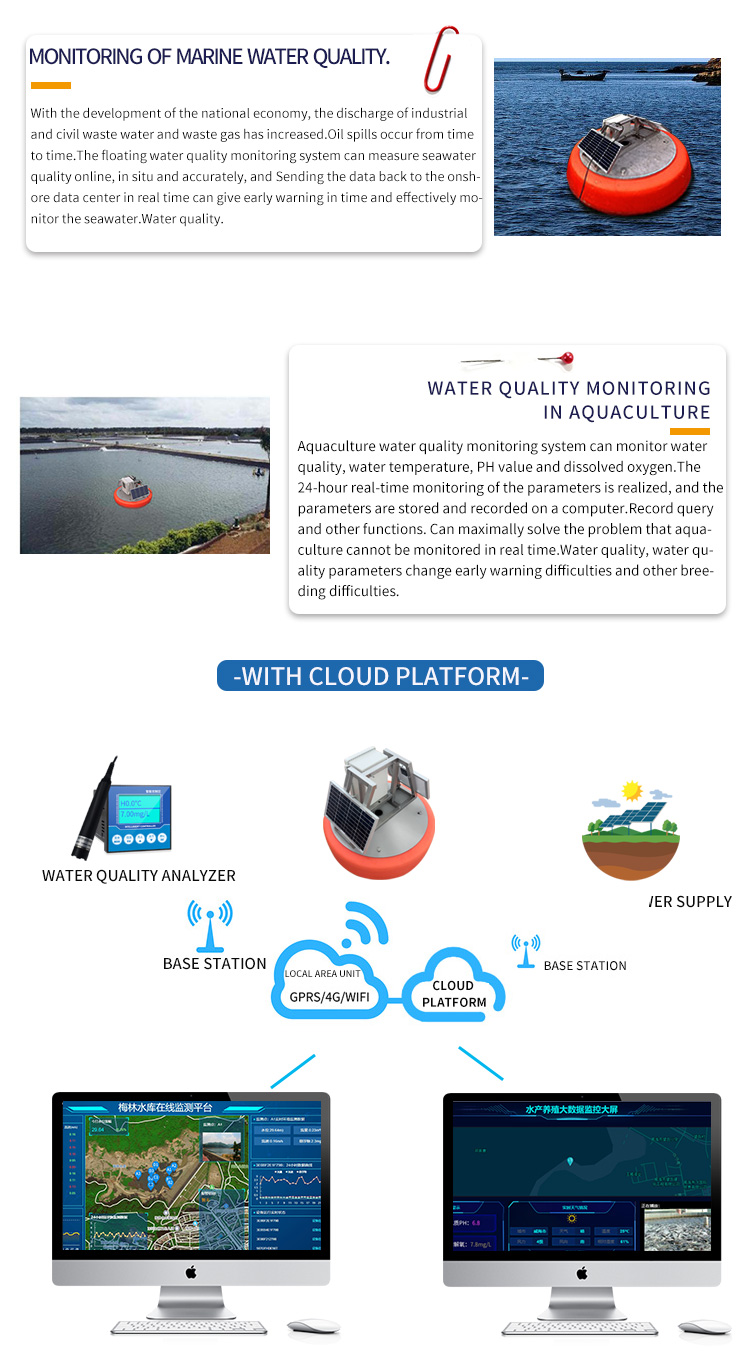Water is essential for all life on earth. However, the pollution of water sources is a significant environmental and public health problem. Real-time water quality monitoring has been identified as a key solution to address these challenges. This breakthrough technology offers a number of benefits for environmental protection, including early detection of contamination, rapid response to incidents, and improved understanding of water systems.

In this article, we will explore the concept of real-time water quality monitoring, its benefits, and how it is being used to protect our environment.
Understanding Real-time Water Quality Monitoring
Real-time water quality monitoring involves continuous automated measurement and recording of key parameters that affect water quality. These parameters include physical properties such as temperature, pH, dissolved oxygen, conductivity, and turbidity, as well as chemical pollutants such as heavy metals, pesticides, and pharmaceuticals.
The data collected by real-time water quality monitoring systems is transmitted to a central database in real-time, where it can be analyzed, visualized, and shared with stakeholders. One of the most significant advantages of real-time water quality monitoring is that it provides up-to-the-minute information about the state of the water system, enabling rapid decision-making and proactive management of environmental risks.
Benefits of Real-time Water Quality Monitoring
Early Detection of Contamination
Real-time water quality monitoring provides early detection of contamination. By continuously monitoring water quality parameters, these systems can quickly detect changes in water quality, which may indicate a potential risk to public health or the environment. Rapid detection enables prompt action to be taken to mitigate environmental damage or prevent further harm.
Rapid Response to Incidents
Real-time water quality monitoring also supports rapid response to incidents. In the event of contamination, emergency response teams can be alerted quickly, and appropriate measures can be taken to contain and remediate the pollution. This rapid response minimizes the exposure of the public, wildlife, and ecosystems to harmful contaminants.
Improved Understanding of Water Systems
Real-time water quality monitoring also provides improved understanding of water systems. By analyzing real-time data, researchers can gain insights into how water systems function and how they are affected by environmental factors. This information can be used to develop more effective strategies for water resource management and environmental protection.
Applications of Real-time Water Quality Monitoring
Real-time water quality monitoring has a wide range of applications in environmental protection. Here are just a few examples:
Drinking Water Treatment

Real-time water quality monitoring is essential for ensuring the safety and quality of drinking water. By monitoring water quality parameters such as pH, turbidity, and total dissolved solids, water treatment plants can ensure that water meets regulatory standards and is safe for human consumption.
Agricultural Runoff Management
Real-time water quality monitoring can help farmers manage agricultural runoff, which is a major source of water pollution. By monitoring nutrient levels in water sources, farmers can adjust their practices to reduce nutrient loss and prevent contamination of nearby water sources.
Industrial Wastewater Management
Real-time water quality monitoring is also used to manage industrial wastewater. By monitoring discharge levels for various pollutants, industries can ensure compliance with environmental regulations and minimize their environmental impact.
In conclusion, real-time water quality monitoring is a breakthrough technology that holds great promise for environmental protection. By providing early detection of contamination, rapid response to incidents, and improved understanding of water systems, this technology is transforming our ability to protect our valuable water resources. As the world faces increasing pressures on its water resources, real-time water quality monitoring will only become more critical, making it a vital tool for environmental sustainability.







